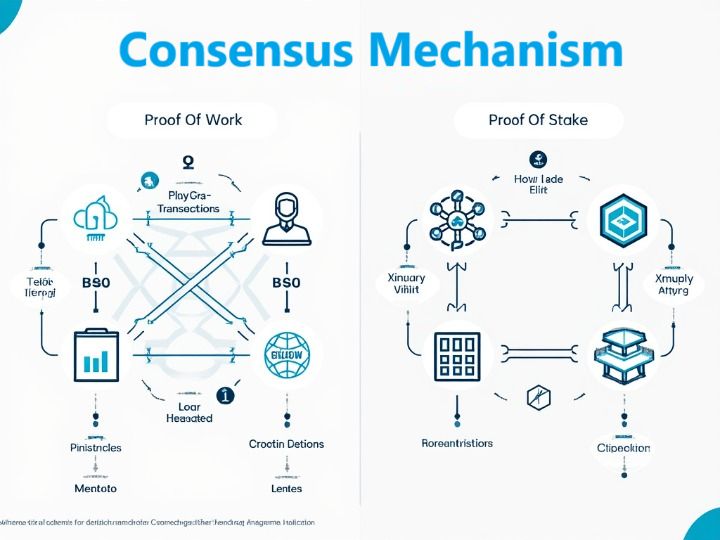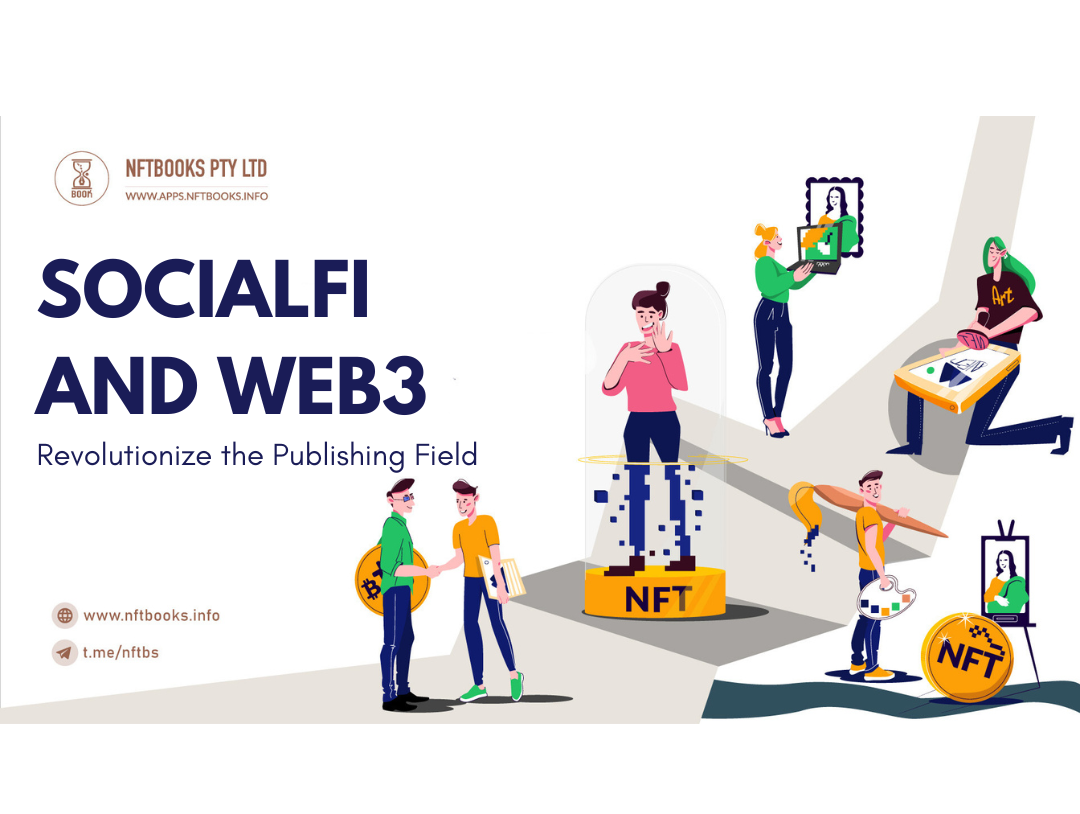What is Web 3?
Let’s explore Web3, the newest phase of Internet technology, and understand what it means. Web3 combines machine learning, artificial intelligence, and blockchain to enable instant human communication. This change allows people to own and control their data, going beyond just consuming information online to actively engaging and being rewarded for it.

While Web3 remains a work in progress, lacking a definitive definition, it’s crucial to prepare for the upcoming developments and anticipate the future of the web.
Take a glance of Web’s history
To understand the changes that will happen with Web3, it’s important to know about its predecessors. Let’s take a look at Web 1.0.
Web 1.0
Web 1.0 was the first version of the Internet, introduced in the late 1990s. During this phase, the Internet mainly consisted of static web pages with links and basic homepages. Interactivity was limited, so aside from reading and publishing basic content, there weren’t many options for user engagement.
The key technologies that formed the foundation of Web 1.0 were:
- HTML (HyperText Markup Language): Used for structuring and presenting web content.
- HTTP (Hypertext Transfer Protocol): Enabled communication between web servers and browsers.
- URL (Uniform Resource Locator): Provided the addresses for accessing web pages and resources.
Web 2.0
Following Web 1.0, we experienced the advent of Web 2.0. Some people refer to Web 2.0 as the “read/write” version of the internet, indicating its ability to not only view but also modify files through computer code.
With Web 2.0, users could actively contribute to the online world by creating and sharing content on platforms like Tumblr, Reddit, Internet forums, and marketplaces like Craigslist. The rise of social media platforms such as Facebook, Twitter, and Instagram further amplified the creation and sharing of content.

Web 2 consisted of three key innovations:
- Social media platforms
- Cloud computing
- Mobile usage
While Web 2 provided numerous free and on-demand services, many users grew dissatisfied with the limitations imposed by the “walled gardens” created by large tech companies. Increasingly, people desired more control over their data and the content they encounter.
Web3
Web3 is also referred to as the “read/write/own” phase of the Internet. Users can engage in the management of internet protocols directly, rather than using free tech platforms in exchange for their data, which is the case with platforms like Facebook and Instagram. This means that users are becoming participants and stockholders, rather than mere information sources.
Key features of Web3
Web3 brings exciting changes to how we interact with the Internet and web applications. Here are the key features that make it special:
Open-source
Web3 is built using open-source software, created by a community of developers who work openly and transparently. This creates a more trustworthy digital environment.

Decentralized
In Web3, users can engage directly with each other without any middlemen. It’s a decentralized space where users have more control over their data and enjoy greater freedom.
Permissionless
Unlike Web 2.0, Web3 doesn’t require approval from centralized organizations. Anyone, including users and providers, can participate equally.
Universal access
Web3 allows us to access the Internet anytime and anywhere. It’s not limited to just computers and cell phones. With the Internet of Things (IoT), we’ll see a wide range of intelligent gadgets that can connect to the web in the future.
These features make Web3 an exciting and inclusive platform for the future of the Internet.
How Will Web3 Change the World?
Web3 has the potential to revolutionize the future by challenging the centralized structures of the traditional financial system and Web2 internet. It introduces significant changes that empower individuals to take control of their finances. By leveraging blockchain technology, Web3 offers an alternative to traditional banks, electronic payment systems, and centralized data storage, enabling users to achieve financial independence.
Imagine a future where transactions occur almost instantly through a mobile crypto wallet app. In this decentralized system, there is no bureaucracy, and personal data is not required to manage your money. While banks and governments may be wary of the changes Web 3.0 brings to financial relationships, the adoption of cryptocurrencies is rapidly growing, forcing regulators to contemplate the transformative potential of Web3.

Furthermore, Web 3.0 introduces innovative tools for asset ownership. Rather than relying on contracts, lawyers, and paperwork, blockchain transactions serve as proof of ownership. Non-fungible tokens (NFTs) play a significant role in this regard, allowing users to tokenize various assets, including artwork, web domains, documents, and even real estate. With Web3, users can manage their finances independently, free from traditional banking systems, and tokenize their possessions on the blockchain.
So, how will Web3 reshape the world, and which aspects of Web3 are the most disruptive? The future holds great promise as Web3 challenges existing paradigms and empowers individuals to redefine financial interactions and ownership in a decentralized and transparent manner.
The Impact of NFTs, Cryptocurrency, and DAOs on the Web3 Movement
While the foundational technologies of Web3 have been in existence for quite some time, it is only recently that the concept has gained significant attention. The launch of Bitcoin in 2009 marked the emergence of blockchain technology, which forms the basis of Web3. However, it is the rise of NFTs (non-fungible tokens) and their integration with cryptocurrencies that have propelled Web3 into the mainstream consciousness.
Over the past two years, NFTs have become a major catalyst for the Web3 movement, enabling the buying and selling of unique digital assets using cryptocurrencies. The rebranding of Facebook as Meta has further contributed to the increased recognition of Web3 among the general public.
In parallel, the emergence of Decentralized Autonomous Organizations (DAOs) has played a significant role in shaping Web3. DAOs are online collectives governed by blockchains, smart contracts, and tokens. They epitomize the essence of Web3 and embody its principles of decentralization and community-driven governance.
The growing prominence of NFTs, the integration of cryptocurrency, and the rise of DAOs are key driving forces behind the Web 3.0 movement. Together, they are shaping a new paradigm that challenges traditional systems and empowers individuals to participate, create, and transact in a decentralized and transparent manner.
Closing thought
Web3 is revolutionizing the internet, giving users more control over their data and digital experiences. It has the power to reshape finance, ownership, and governance, making the online world more inclusive and transparent. Embracing Web3 is crucial for a future where technology serves everyone’s needs and aspirations.







